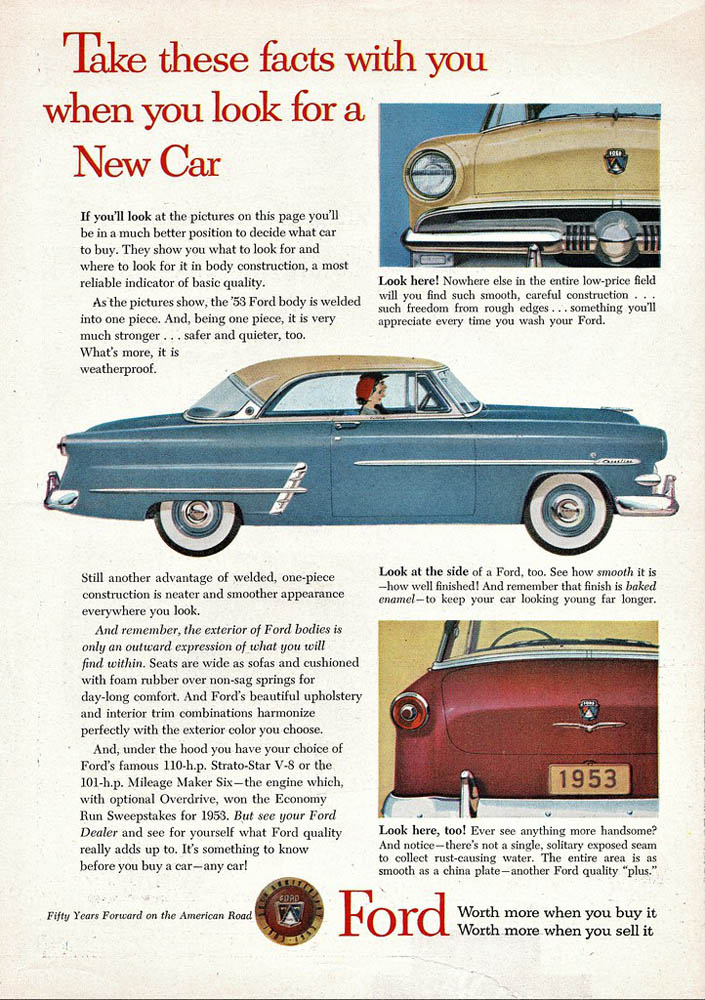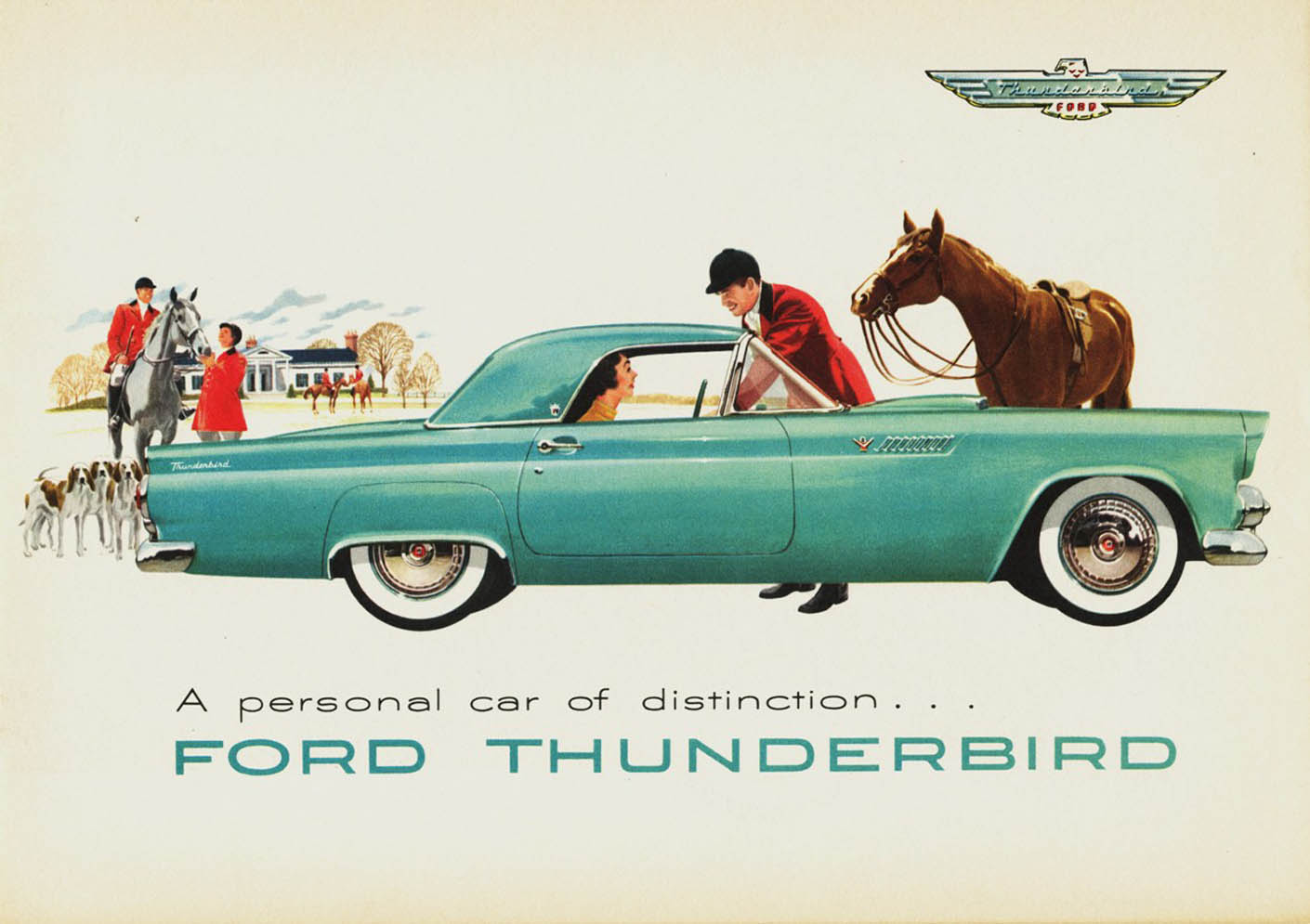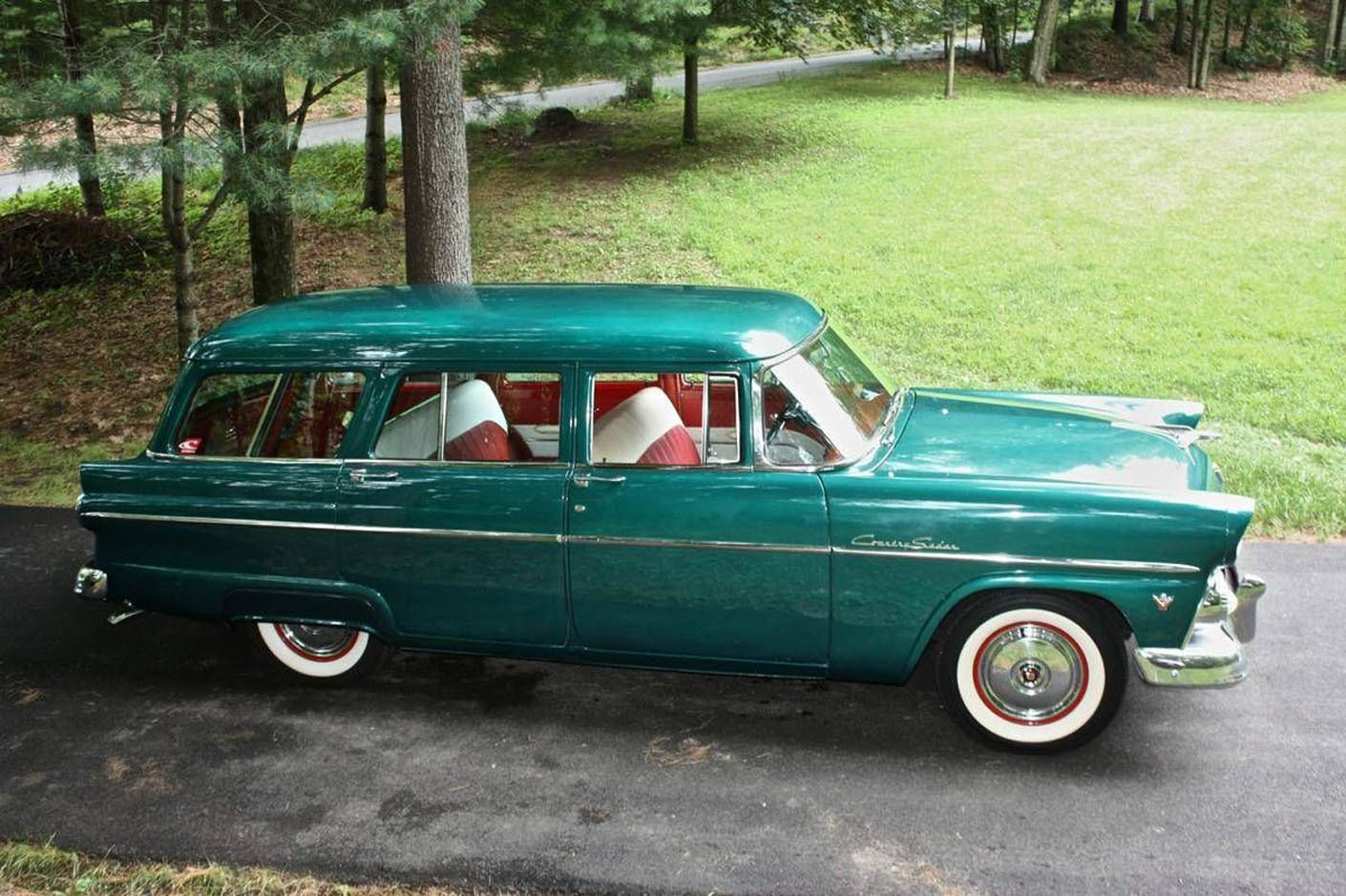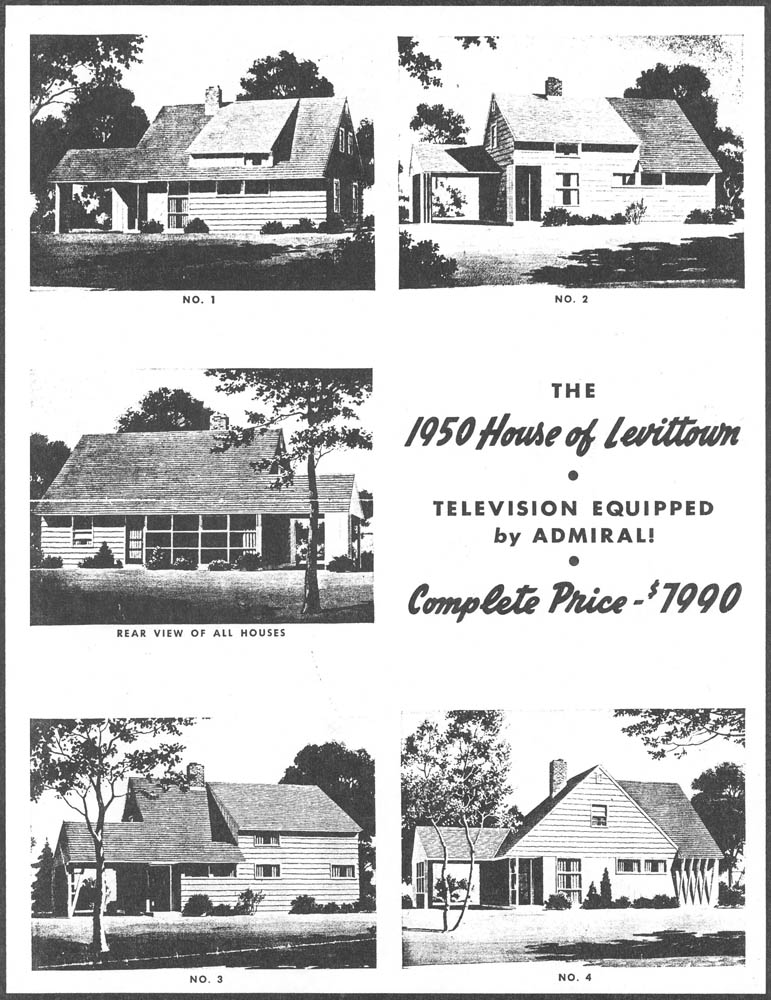During this challenging time, most of us long for and appreciate simple moments of positivity and inspiration in our lives. These occasions may come as an unexpected piece of happy news or a moment of creative problem solving. Sometimes, this desire for positivity takes us to a place of self-reflection — perhaps to a period in our life and career that holds particular influence and excitement. For Patrick, that time of career inspiration was not a day or an event; it was an era: The 1950s.

Most anyone who knows Patrick is familiar with his unrivaled passion for cars, and the 1950s were, in his eyes, the era of the automobile. By the time he was five, he had thought he wanted to be a designer — not of buildings, but cars. When he looks back and thinks about line and form, he vividly remembers his father’s ’53 Ford Victoria with its curvaceous exterior and round chrome bezel clock on the dashboard. He loved washing his dad’s cars by hand because he could feel the shape and form and begin to understand line and proportion. Thinking back, Patrick feels these sensations were imbedded not just in his memory, but in his psyche as well. This was the start of his life-long love affair with design.

While Patrick loved the cars of the 1950s, he was also keenly influenced by what the world was like in America when these cars were built. He remembers this post-war era, marked by increased economic prosperity, as a time of simplicity and optimism. The interstate highway system was being designed, which gave people new and exciting mobility. People used to drive for pleasure! On Sundays, families would go out for a drive, not to get anywhere necessarily, but to be together.

To Patrick, the 1950s were an exhilarating and influential cultural era. Product design was taking off. The black and white television, housed in a furniture cabinet, was now a staple in American households (in 1954, the first color version came to market, but it was a decade before it became popular). Fashion was new and exciting with pastel color schemes of turquoise, yellow, pink, and mint green (which translated to the world of cars). Modern Scandinavian furniture also came into vogue. Patrick, without realizing it at the time, was learning how design could influence people’s lives.

Levittown, Long Island, Patrick’s childhood home, also profoundly influenced his design sensibility. Living in close proximity to others in the suburb outside of New York City awakened in him the importance of architecture and urban design and their ability to foster a sense of community. As he played with his favorite train set, he began designing little houses and villages around the track. Soon, he realized he had more fun designing the homes than running the trains — but was still unaware of what an architect was. That would soon change.


As we navigate these unprecedented times, we are grateful for moments of inspiration and delight. For Patrick, reflecting on the deeply influential and exciting era of the 1950s reminds him of the wonderful decade that ignited his design passion and continues to influence his architectural career today. Sending you all our positive wishes today, and each day moving forward.